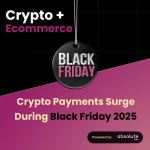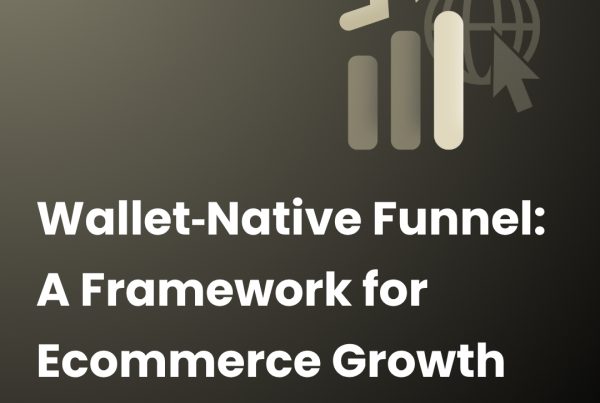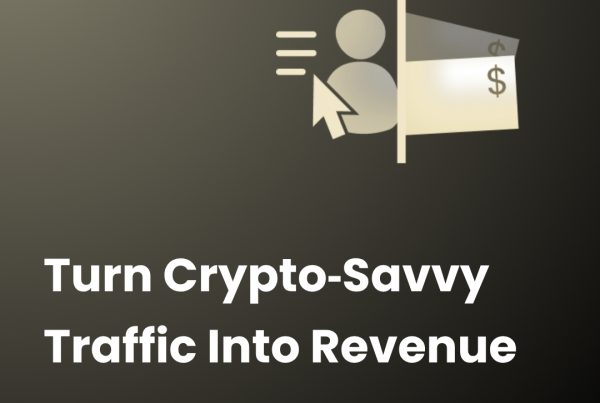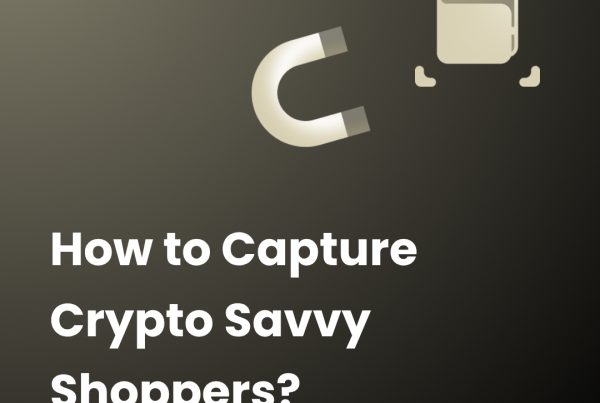Segmentation isn’t new, but traditional ecommerce approaches based on demographics and past purchases are no longer enough. By combining Web2 data with crypto‑wallet personas, brands can create sharper personas, prioritize high‑value shoppers, and deliver personalization that drives measurable results.
1. Why Traditional Segmentation Falls Short
Most ecommerce teams segment customers using:
- Basic demographics (age, location, gender).
- Transactional history (recency, frequency, monetary value).
- Declared preferences (e.g., from surveys or sign‑ups).
While these are useful, they fail to answer critical questions:
- Who has the highest potential to spend?
- Which visitors show the strongest engagement with premium or exclusive experiences?
- How do I prioritize audiences to maximize ROI?
The consequence? Marketing resources are spread thin, personalization remains superficial, and high‑value customers receive the same treatment as casual browsers.
Why it matters:
Segmentation must evolve from a static, retrospective model to a dynamic, forward‑looking approach, one that identifies who your customers are today and who they could become tomorrow.
2. How Crypto‑Wallet Personas Changes the Game
Integrating crypto‑wallet personas into your CRM/CDP provides new dimensions for segmentation that traditional methods can’t capture:
- Buying power: Estimate a customer’s spending potential based on the value of their digital assets.
- Affinity signals: Identify interests through the types of digital assets they hold (e.g., luxury collectibles, loyalty tokens, gaming items).
- Engagement with premium experiences: Evaluate their appetite for exclusive or early‑access opportunities based on wallet activity patterns.
Combined with traditional data (transaction history, loyalty status, clickstream), these signals create multi‑dimensional segments that help you focus your marketing where it matters most.
In practice: This means you can stop sending generic campaigns to everyone and start matching offers to a shopper’s actual value, interests, and likelihood to engage.
3. Personas You Can Build Today
With traditional + crypto-wallet personas combined, ecommerce teams can create personas that are more than just labels, they become actionable segments with clear business strategies.
| Persona | Key Traits | Activation Strategy |
| High‑Liquidity Collectors | Significant on‑chain liquidity, ownership of premium digital assets, history of high‑value purchases. | Offer exclusive early access to new collections, VIP events, or loyalty tier upgrades. |
| Digital‑Savvy Explorers | Moderate spending capacity, active across multiple ecommerce categories, responsive to personalized offers. | Provide curated product recommendations, limited‑access bundles, and tailored incentives to encourage repeat purchases. |
| Utility‑Driven Shoppers | Value‑oriented, holding tokens tied to loyalty programs or practical benefits. | Incentivize with enhanced loyalty perks, program upgrades, or personalized discounts to drive conversions. |
Why it matters:
These personas help brands speak to customer motivations. For example:
- Collectors crave exclusivity: give them early or private access.
- Explorers respond to curated, personalized recommendations: guide their next purchase.
- Utility‑driven shoppers want clear, tangible value: enhance their loyalty experience.
4. Scoring: Prioritize Your Efforts
Defining personas is only half the work, scoring helps you decide where to focus your time and resources.
Dimensions to consider:
- Buying power: High (> $10,000), Medium ($1,000‑$10,000), Low (< $1,000).
- Engagement: Frequency of visits, interaction with personalized campaigns, participation in exclusive offers.
- Relevance: Alignment with your brand’s category (luxury, travel, entertainment, etc.).
Example scoring matrix:
| Score | Buying Power | Engagement | Priority |
| High (8‑10) | > $10,000 | Frequent interactions | Top priority: VIP campaigns, exclusive access. |
| Medium (4‑7) | $1,000‑$10,000 | Moderate interactions | Nurture: Personalized bundles, loyalty incentives. |
| Low (1‑3) | < $1,000 | Limited interactions | Awareness: Broad engagement campaigns. |
What Is Scoring and Why Does It Matter?
Scoring assigns a value to each customer based on their potential impact on your business.
- Why do it? To ensure your most valuable customers get the most attention.
- How to use it? Prioritize high‑scoring shoppers for premium offers, nurture medium‑scoring customers, and automate broad campaigns for low‑scoring audiences.
5. Turning Segmentation into Action
Once personas and scores are established, you can:
- Deliver tailored offers: Exclusive launches for collectors, curated packages for explorers, loyalty perks for utility‑driven shoppers.
- Automate journeys: Use your CRM/CDP to trigger persona‑specific campaigns.
- Measure ROI: Track conversion, AOV, and lifetime value by persona and score, then adjust strategies based on results.
6. Real‑World Examples
Luxury fashion
A brand segmented crypto‑wallet visitors into “high‑liquidity collectors” and invited them to a private launch, achieving 4x higher conversion compared to standard campaigns.
Retail
A consumer goods company nurtured “digital‑savvy explorers” with personalized bundles, boosting repeat purchase rates by 20%.
Travel
A hospitality group prioritized “utility‑driven shoppers” for loyalty upgrades, increasing program engagement by 2.5x.
Conclusion
Personas and scoring transform segmentation from a static exercise into a dynamic, revenue‑driving strategy. By focusing on high‑potential shoppers and building richer crypto-wallet personas, ecommerce teams can deliver personalized experiences that boost conversions, AOV, and lifetime value.
Want to identify and prioritize your high‑value crypto‑savvy shoppers?
📥 Download our latest State of Crypto Commerce & Payments report for the latest data and insights.
Continue the series “Turning Crypto-Savvy Visitors into Ecommerce Buyers”
- Part 1: Why Crypto-Savvy Shoppers Convert Better – Understand who they are and how to capture this high-value audience.
- Part 2: From Visitors to Buyers – How to turn crypto-savvy traffic into revenue.
- Part 4: Building a Wallet-Native Funnel – A framework for ecommerce growth.









